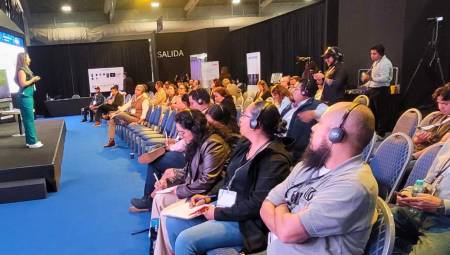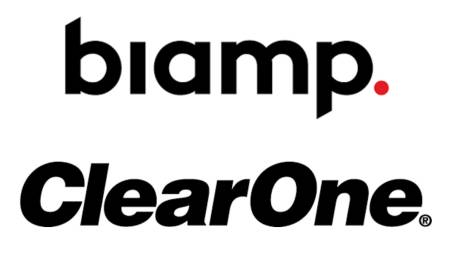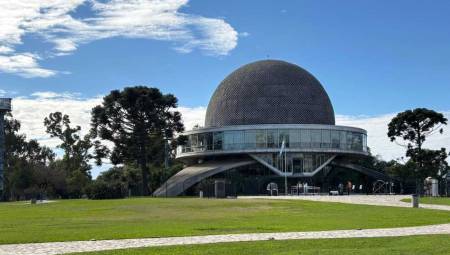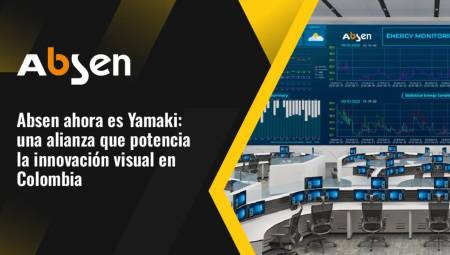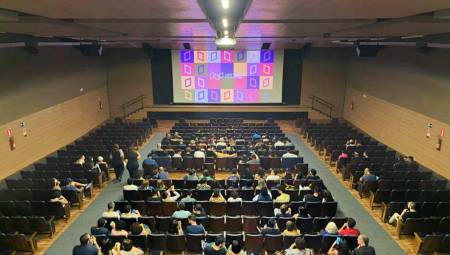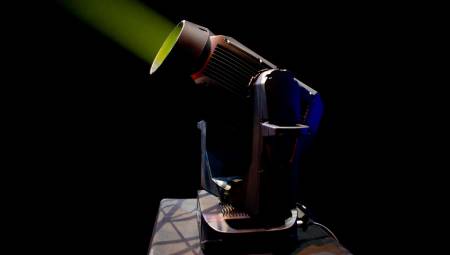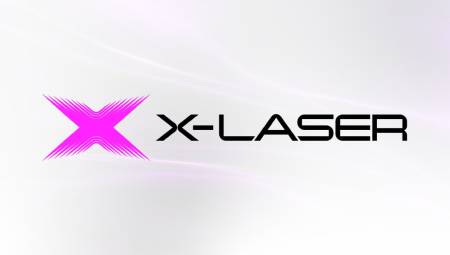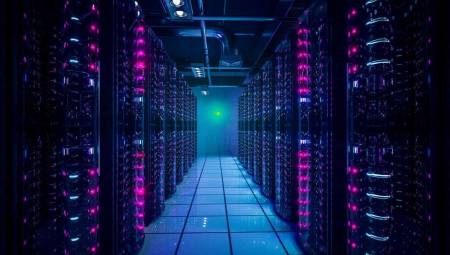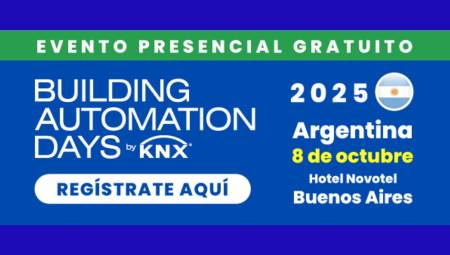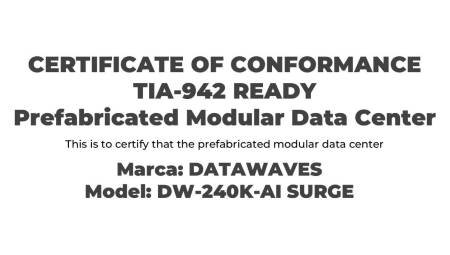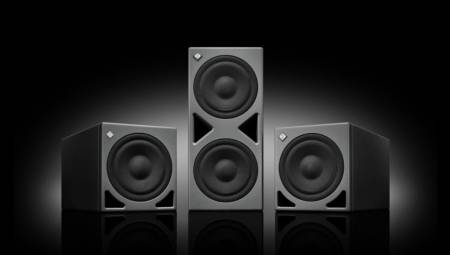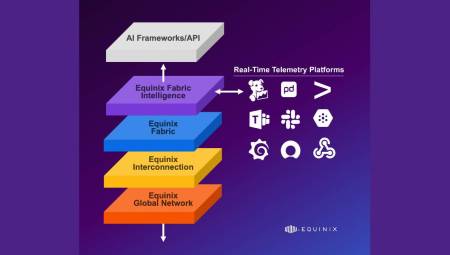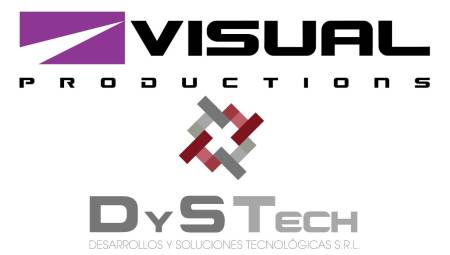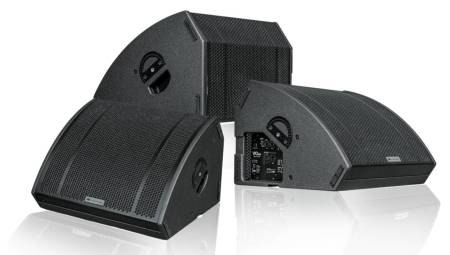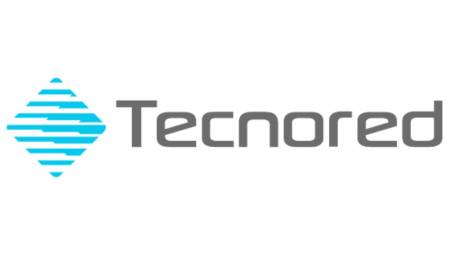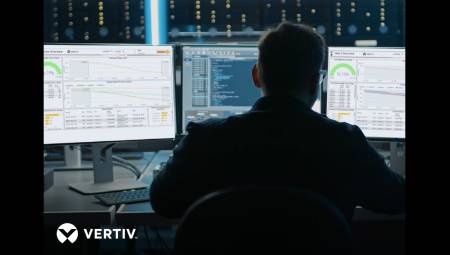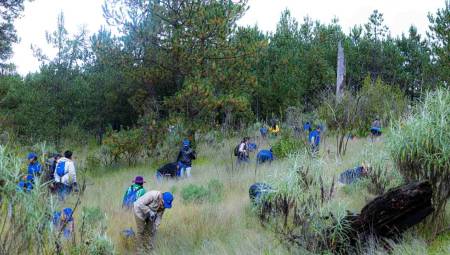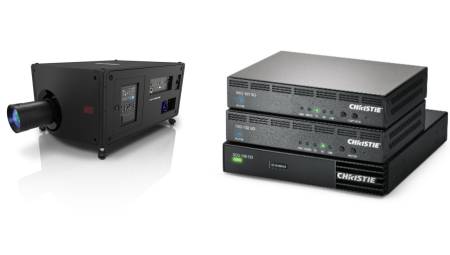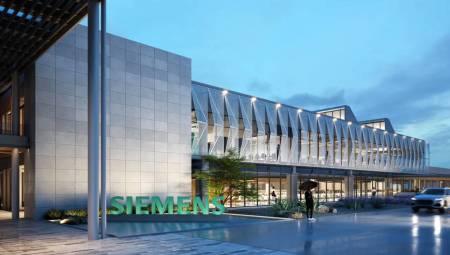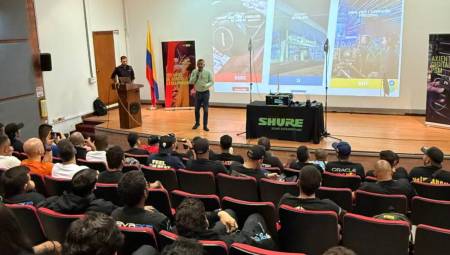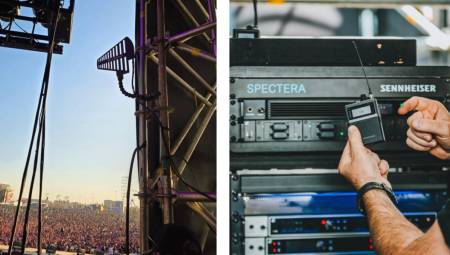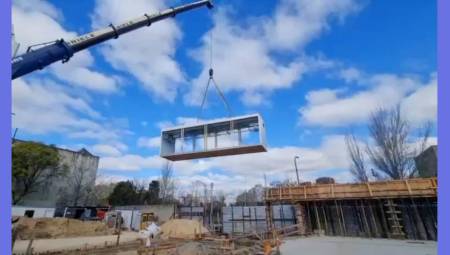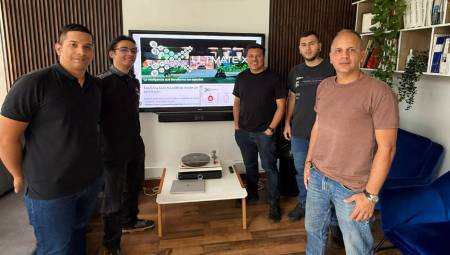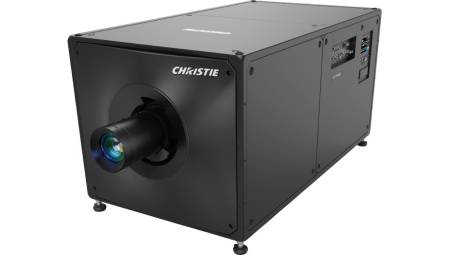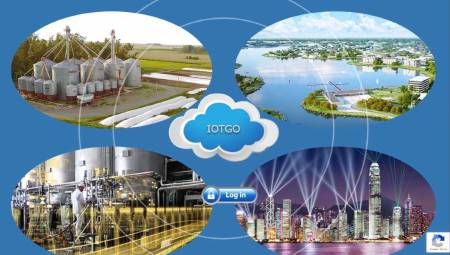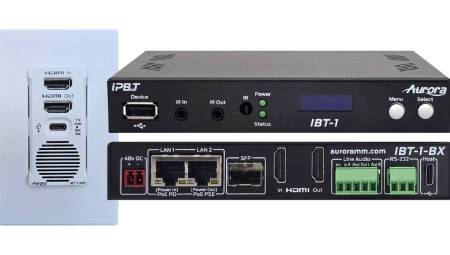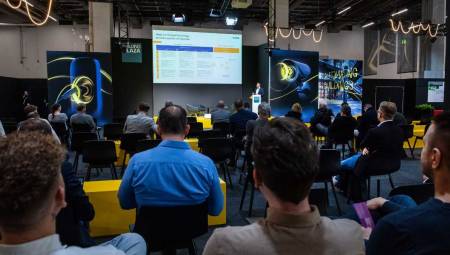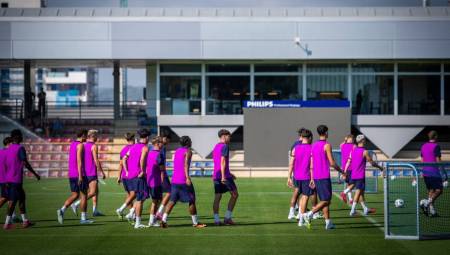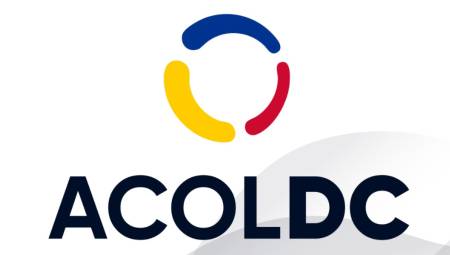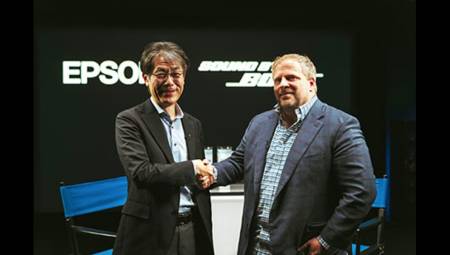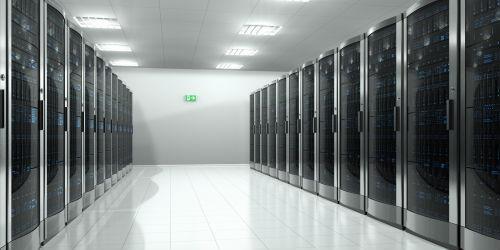 Latin America. In recent years, the demand for data storage and investments in data centers have grown significantly. This is the result of increased content generation from social media, digital marketing, and online courses.
Latin America. In recent years, the demand for data storage and investments in data centers have grown significantly. This is the result of increased content generation from social media, digital marketing, and online courses.
For example, every minute the equivalent of 24 hours of recordings is sent to Youtube according to the internet.org site: More than 34,560 hours in videos per day! In addition, there are currently service companies that depend 100 percent on online platforms and were not possible five years ago: the all-digital bank Nubank, the buying and selling platform OLX, the map and road sharing application Waze, and the controversial transport company UBER.
Consequently, there is a direct relationship between the operation of data centers and the financial performance of a company: if critical facilities go down, companies cannot perform the most basic operations for which they were created, which translates into loss of profits and customers.
In fact, users are disappointed when they fail to send a message on Whatsapp, check a bank balance or if they cannot make a purchase on the internet. In a fully connected world, a failure, or a delay, in any of these operations translates into the loss of a sale, an opportunity and the reputation of the company.
Therefore, companies benefit from the implementation in their facilities of equipment and good practices that guarantee the safe operation of servers, databases and peripherals despite power outages and other alterations. Here are tips to avoid data center crashes:
1. Preventive maintenance:
Initial investments in equipment for data center infrastructure must be accompanied by services to reach or exceed the estimated life of data centers. To achieve the expected operation, preventive checks and maintenance must be carried out, as recommended by manufacturers, on equipment that requires periodic component change and testing to avoid failures. These equipment include precision air conditioning systems, UPSs, power strips, cables, connections, batteries and peripherals.
Also, manufacturers are the best option to purchase maintenance services due to the availability of spare parts and the responsibility of the brand with the equipment. In addition, it is important to identify which are the equipment with the highest consumption or waste of energy in the data center because by optimizing its operation or replacing them you can save a lot of money.
2. UPS Battery Monitoring:
Even when UPS equipment, batteries and distribution boards offer high reliability, it is necessary to monitor this infrastructure and operating conditions. In the case of batteries, for example, it is recommended to monitor each cell to estimate the service life, charge level and connections.
A single damaged battery inside the bank increases the risk of a facility crash. In these cases, it is not advisable to wait for a power outage to confirm proper operation of this equipment. On the contrary, it is suggested to continuously monitor the battery bank to ensure an optimal state of these with the required autonomy.
3. Remote Access and Monitoring of infrastructure:
It is recommended to also monitor the general condition of the data center: the electrical connection, the generator set, the quality of the electrical network, the frequency, the status of the UPS, the batteries, the temperature sensors, the humidification / dehumidification of the environment, the peripherals, the servers, the KVM switches and the networks. All infrastructure equipment should be monitored and alarmed when there are alterations or failures.
It is not yet possible to have a crystal ball to predict what is going to happen in the data center. But there are real-time, remote and web-based monitoring systems for all facilities that are very easy to use, which allow you to identify problems early, manage personnel, model the effects of changes, maintain inventories and make measurements of operating parameters.
4. Optimization of energy consumption:
In addition to monitoring the energy consumption of each asset in the data center infrastructure, there are best practices for achieving efficient use of upS and precision air conditioning systems. These practices include matching the airflow and cooling capacity of each of the air conditioning units with the needs of the environment. This is achieved with intelligent controls that communicate with all the units of the system and make them work together, or "teamwork".
There are also free-cooling technologies, which increase energy savings by taking advantage of low temperatures outside to cool the data center. To learn more about free-cooling technology, click here. In the case of UPS, it is recommended to implement equipment with the least amount of power losses; that is, they offer a power factor value 1. This is because the fewer power losses a UPS has, the higher the energy utilization.
Data center outages have catastrophic consequences on a company's finances. To avoid loss of profits, sales and reputation, good practices can be implemented in data centers. Proper preventive maintenance, comprehensive monitoring of facilities and optimisation of energy consumption can drastically reduce the risk of a fall and the negative effects of it.






































